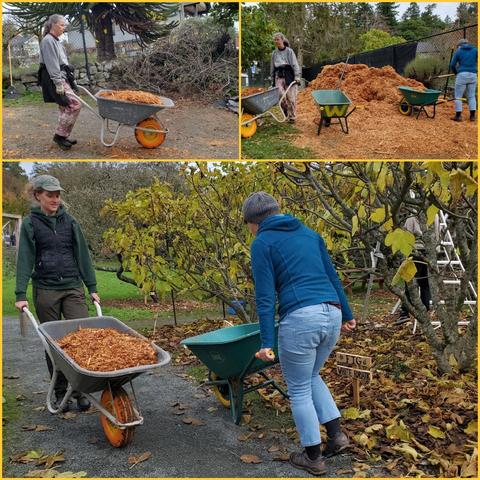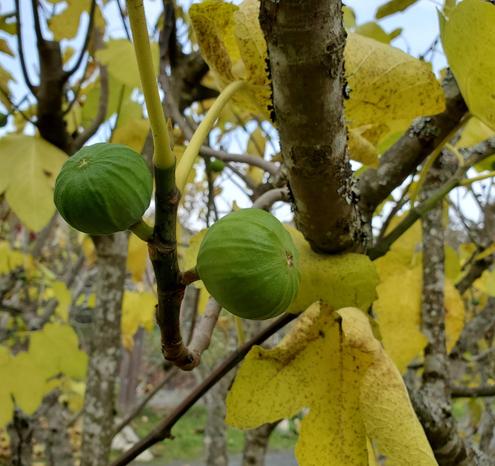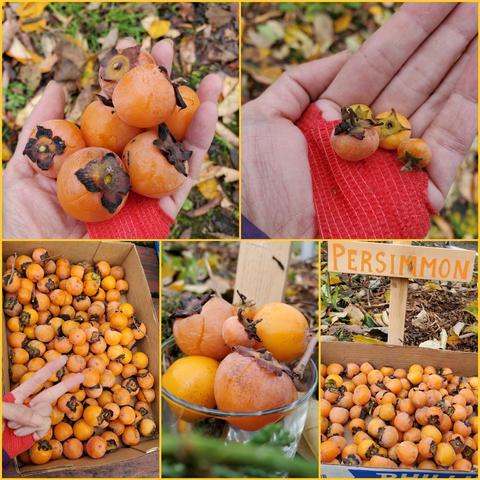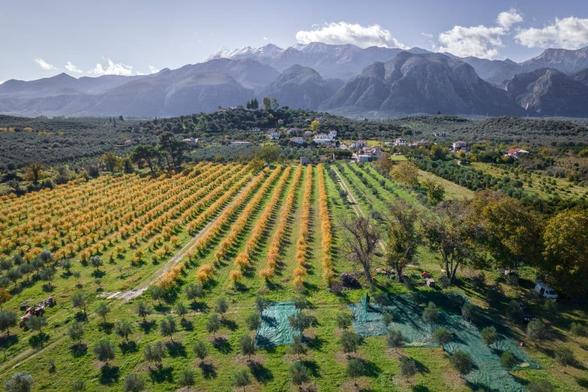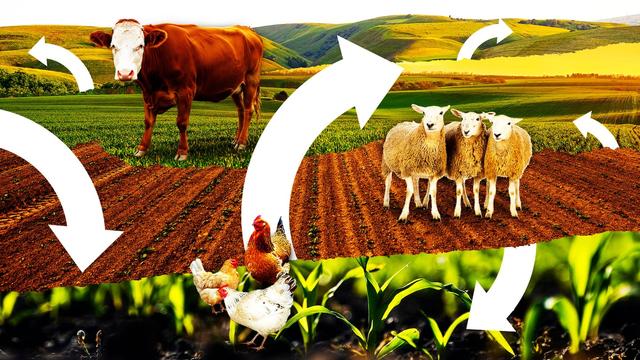Take farming back to nature: #RegenerativeAgriculture means farmers work with the land, not against it.
By Brian CastnerUpdated September 28, 2025
Excerpt: "There is a growing community of people seeking to return wildlife to farms and our food supply — and none too soon, as our soil and bodies are in desperate need of a healthy upgrade.
"This movement operates under many names, but I prefer 'regenerative agriculture.' It’s the idea of working with natural systems, not against them, to grow healthier food and have a positive effect on the land. Regenerative agriculture practitioners consider ecosystems holistically and argue that our food system is more resilient and sustainable when farms are regarded as part of nature rather than separate. This may sound novel, but prophets like Wendell Berry have been writing about this for a long time; 'The Unsettling of America' was published in 1977.
"Our farm is in the foothills of the #Adirondacks, and the lion’s share of our land consists of slopes dedicated to pastures for grazing. We raise sheep and chickens, and when we move them across the land, we do so in ways that mimic the natural processes that produced the rich soil for the meadows in the first place. Rather than fence off one giant pasture and lock the animals in for the year, we set up many smaller paddocks and allow them to graze each spot only briefly. The sheep rotate to fresh grass three times a week. The chickens are moved even more often, twice a day. While each is in its allotted portion of pasture, the scene is one of intense eating — the lambs strip the fresh chicory and wild carrot of their leaves and tender stems. The chickens peck and scratch at the dirt, hunting for bugs. Wherever they move, they leave a path of destruction, trampling grass, devouring plants, and spreading their manure everywhere.
"But then the flock moves on, and we leave the pasture to rest. Beaten-down forage traps moisture and provides cover for fresh growth. Red and white clover pops through the netting of broken stems. Then the first shoots of timothy appear. In spring, thin-leafed plantains follow. In midsummer, it’s birds’-foot trefoil and wild carrot. In only a week or two the stems and grasses are up to my knees, and by the time the sheep return 60 days later, it’s once again a field of tall wildflowers, full of honeybees and cedar waxwings. I had never seen flocks of goldfinches (entire flocks!) until they took over my regrown pastures.
"Rotationally grazing livestock is much healthier for the animals as well. There are fewer respiratory issues, because they aren’t confined to a barn; they suffer from fewer parasites and diseases, because they are kept separate from their waste. Sheep especially are susceptible to worms that hatch in their manure and crawl up fresh shoots of grass. But by keeping them away until the worms complete their life cycle, we let the lambs stay healthy and avoid having to pump them full of antibiotics and dewormers. Happy, healthier animals make healthier food.
"This system of rotationally grazing — concentrating the flock or herd and moving it through the land and on to fresh grass — mimics animals in the wild.
Across North America, massive herds of bison and smaller groups of deer and elk once moved across the land, eating as they went. They took the energy from the plants and left behind manure and stomped grass. With their hooves, they opened and aerated the compacted soil, where a complex ecosystem of roots and rhizosheaths and bacteria could thrive.
"The term to describe this process is 'animal impact.' The idea that soil can be made healthier by putting animals on it and then removing them, leaving behind a more resilient ecosystem, is counterintuitive if you think of animals only as either messy or destructive, or consider their poop as stuff to be cleaned up rather than a resource to be used.
"Working this way requires a change in thinking, a new philosophy in farming. Our greatest asset is not our barns or equipment or even the animals. These are all easily replaceable, if occasionally expensive. No, our greatest agricultural asset is the soil, and so all of our decisions about how to manage our land should be about what’s best for the soil and by extension the pastures.
"Regenerative agriculture at scale is challenging, as our food supply system forces farmers to maintain a relentless focus on the economic bottom line, encouraging chemical-laden shortcuts. But on small farms, it is possible to work with the land, not against it. We named our venture du Trieux Farm, after my wife’s ancestors who settled in the Hudson Valley four hundred years ago, and this kind of long-term thinking informs how we operate. The land we now care for has been continuously farmed for two hundred and fifty years. One might expect that the soil would be degraded after all that time, but it need not be. We seek to add to the soil, rather than extract from it."
Read more:
https://www.bostonglobe.com/2025/09/28/opinion/regenerative-agriculture-nature-brian-castner/
Archived version:
https://archive.ph/lX9SR
#SolarPunkSunday #RegenerativeAgriculture #RegenerativeFarming #RestorativeAgriculture #Resiliency #FoodSystems
